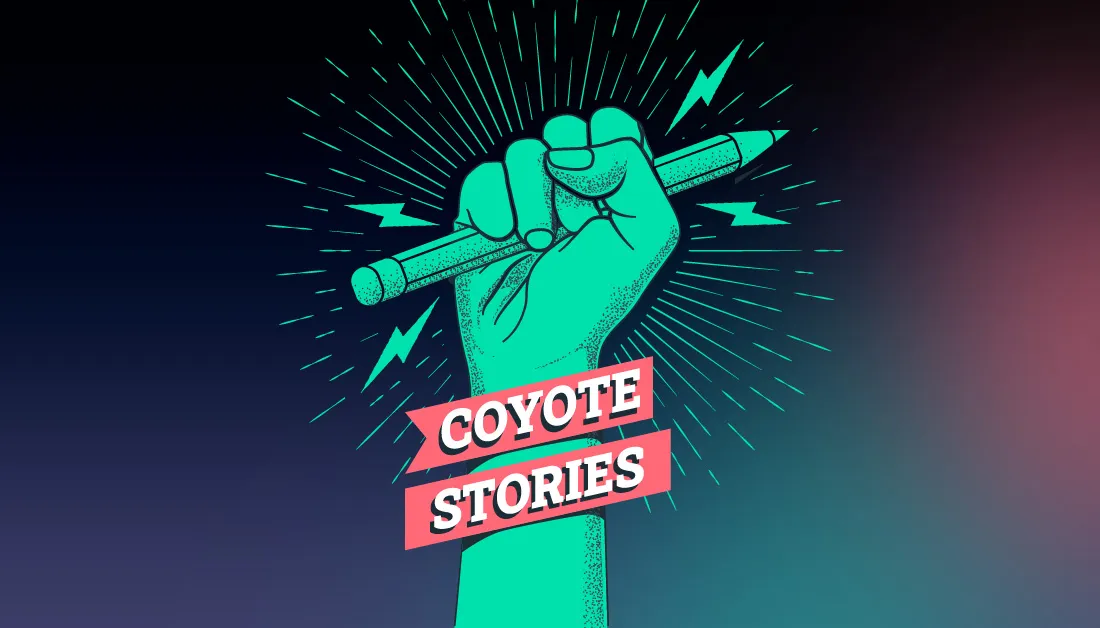Karan Mangat | Project Manager
The first thing I can tell you about my role as a project manager; is that I spend a lot of time managing expectations – internally and externally.
Now add a global pandemic to the mix, and let’s just say it’s been a learning curve.
Initial reactions
When the UK government first announced a national lockdown would be necessary, my colleagues and I gathered for a business update from our CEO, Oli. “If I had to take a guess, I’d say we’re going to be working from home for at least three weeks – maybe six”, he said.
Back then, no one knew what the following days, weeks, or months would bring – on a personal or professional level.
Once we were two weeks into the first lockdown in April 2020, my existing projects took on an increased sense of urgency, and we were escalating many of our project timelines to get new clients set up on the platform quicker than planned.
With the reality of remote working, teams accessing the same live data was simply a necessity. Many of our clients had been logging on to company networks via VPN to access files and still had to use multiple systems to carry out the simplest of tasks – e.g. an asset manager searching for lease break terms to quote back to a tenant.
As the weeks went on, more and more new feature requests came piling in. It was clear many of our clients were trying to adapt to what these unexpected events were throwing their way, and as they did – we adapted with them.
Increased efficiencies
With escalated project timelines came more hard deadlines than usual, meaning communication between the team was even more important now that we were working from multiple locations.
A short while before the pandemic began, we started using a new project management software called Asana, but it wasn’t until we moved to 100% remote working that the team fully invested in it.
Before Asana, we were using a combination of Slack, Smartsheets and ProjectManager.com. They all played a role in helping us complete our projects, but working across multiple systems meant that we inevitably spent more time on individual tasks. Once we had the whole team using Asana properly, it helped to unlock the full potential of what we could achieve as a team whilst working remotely.
With Asana, we’ve almost become more connected than when we were in the office together. We can hand over assignments between team members, monitor our productivity, and the whole team has full visibility of all the tasks on the board, ready to jump in whenever needed. We make sure every task is given detailed updates throughout, so anybody in the team can pick it up and move the task forward – wherever they are.
Project management
No matter which industry you’re in, Project Managers collaborate with lots of different people and teams within a company, and that’s one aspect I really like about my role – it’s always a team effort.
This also tends to be where the management of expectations comes into play. When you’re working across so many different teams, it’s about understanding who ALL of your key stakeholders are. One small change in a project can drastically impact the timeline, and you’ll have to work out how that will affect other aspects of the project.
It’s a balancing act, and it’s my job to make sure that everybody involved is kept informed and ultimately happy.
My favourite projects have always been the bigger, more complicated ones. When you see all the moving pieces come together, there’s a real sense of pride knowing that you’ve made that happen.
On the larger projects, I often get to work more with our clients. I always find it fascinating to watch new users engage with Coyote for the first time, and a fresh set of eyes on the platform is never a bad thing. More often than not, I’ll have a client check-in meeting that ends up triggering an idea for a completely new Coyote feature.
Remote working
As I’m sure most people can relate to, there have been positives and negatives moving to a remote way of working.
When we are all in the office, it is a lot easier for me to turn around and ask one of my teammates a quick question. Online, it’s a case of waiting for priorities to align again. It’s much easier to push aside a Slack message or a phone call when you’re busy, less so, a colleague coming up to your desk and asking a question directly to your face.
On the other hand, messages have become more streamlined. We’re only asking the questions we really need to ask now, and I find the discussions are much more detailed. Meetings have always felt very formal in the office, going into the booked room and feeling like you have to use the full allocated time slot.
Now, for me, you can jump on a quick 15-minute Zoom and have a brief but focused chat – it feels like I have a little bit more time now.
My advice
All-in-all, 2020 threw up some challenges, and I know I have become an even better project manager for it. I’m enjoying being back in the office with colleagues again, even if the current roadmap means it might be a few weeks or months before we’re enjoying a full house.
If there was one piece of advice I could give to anyone struggling to run projects remotely, it would be – don’t be afraid to be seen as annoying. Everyone will be happy once the project is completed!





